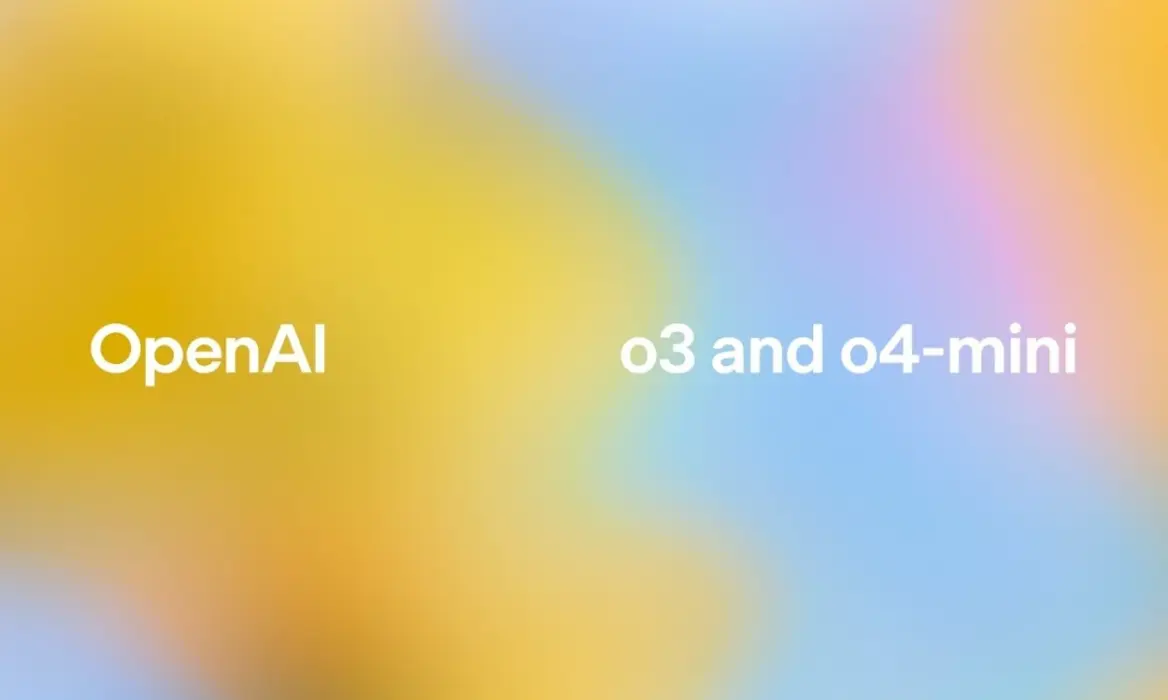Move Over GPT-4 – OpenAI’s o3 and o4-mini Are Here to Change Everything

OpenAI Unleashes o3 and o4-mini: The Smartest AI Models Yet
April 2025 has become a landmark month for artificial intelligence. OpenAI has officially launched two groundbreaking models, o3 and o4-mini, calling them the most powerful and capable AI models they've ever built. The launch follows closely behind the release of GPT-4.5, continuing OpenAI’s aggressive streak of innovations in AI reasoning, coding, and multimodal capabilities.
These models are now available to ChatGPT users and developers — and they’re making waves for their ability to reason, analyze images, write code, and even power an open-source AI coding assistant.
What Are o3 and o4-mini?
The Basics
OpenAI describes o3 as its “smartest and most capable model yet.” It excels at reasoning, coding, science, and interpreting both text and images. Alongside it, o4-mini is a budget-friendly version designed for high-volume, fast responses, perfect for developers and businesses needing scalable AI.
Powerful Reasoning Across Tools
Both models can agentically use every tool inside ChatGPT, including:
- Web search
- Python for computation
- Image analysis
- File interpretation
- Image generation
This means these models don’t just answer questions — they solve complex problems by combining multiple skills. Whether it’s coding, understanding diagrams, or analyzing documents, o3 and o4-mini bring a new level of intelligence and autonomy to the table.
Multimodal Magic: Thinking with Images
One of the biggest leaps? These are the first OpenAI models that can “think” using images.
They don’t just identify what’s in a photo — they reason through it. This capability stems from OpenAI’s long-running internal project, Perception, which aimed to build models that combine visual and textual reasoning fluidly.
“Thinking with Images has been one of our core bets since the earliest o-series launch,” said OpenAI engineer Jiahui Yu in a social media post.
Open Source Coding Assistant: Codex CLI
To match the powerful coding skills of o3 and o4-mini, OpenAI also launched Codex CLI — a new open-source coding agent.
- Runs locally on your computer
- Open-source and freely available
- Designed to supercharge developer productivity
Think of Codex CLI as your AI pair programmer — except it lives on your machine and understands your entire project from context to execution.
Where and How You Can Use o3 and o4-mini
Starting April 17, 2025, these models are available in various ChatGPT plans and APIs:
- ChatGPT Plus and Pro users: Access to o3, o4-mini, and o4-mini-high immediately.
- ChatGPT Enterprise and Edu: Access rolling out within a week.
- Developers: Can access o3 and o4-mini through Chat Completions and Responses APIs.
They replace older versions like o1, o3-mini, and o3-mini-high, pushing the entire platform into a new era of capability.
Coming Soon: o3-Pro for Power Users
In a post on X (formerly Twitter), OpenAI CEO Sam Altman teased a more powerful version:
“A more capable o3-Pro model will be made available to Pro users in a few weeks.”
This hints at even more advanced capabilities tailored for professional developers, AI researchers, and power users who need cutting-edge tools at their fingertips.
About Those Weird Names...
OpenAI’s naming conventions have left users scratching their heads. Just days ago, Altman acknowledged the confusion on X:
“How about we fix our model naming by this summer, and everyone gets a few more months to make fun of us (which we very much deserve)?”
Despite the playful tone, the company is clearly aware of the branding chaos. Still, if o3 is as powerful as OpenAI claims, no one will care what it’s called.
Why These Models Matter
The release of o3 and o4-mini marks a significant milestone in the evolution of general-purpose AI. Here’s why they stand out:
1. They’re Multimodal
They understand and process images alongside text — a leap toward human-like perception.
2. They’re Reasoning Agents
Not just chatbots. They can plan, combine tools, and solve multi-step tasks — like writing code while analyzing a spreadsheet and generating a chart.
3. They’re Open
With Codex CLI, OpenAI is making sure that the power of these models can live locally on developer machines, outside the cloud — a nod to openness and control.
4. They Scale
o4-mini is designed for high-throughput environments — meaning businesses can use it at scale without paying a fortune.
What’s Next?
The AI arms race is heating up fast. With Google DeepMind, Anthropic, Meta, and Mistral also racing to release new models, OpenAI is trying to stay ahead — not just with model performance but with tool integration, usability, and open-source support.
With o3, the company has taken a bold step toward an AI that’s not only smart but capable of doing real, useful work — visually, logically, and creatively.
If GPT-4 was impressive, o3 and o4-mini may just be the next major leap in AI evolution. These models can think with words, reason through images, write clean code, and operate autonomously. Whether you’re a developer, researcher, or just curious about where AI is headed — these are the tools to watch.



